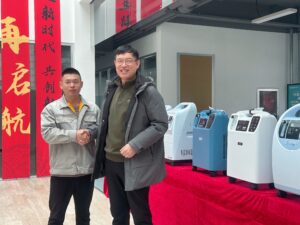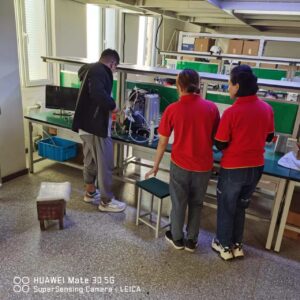Compared with traditional subtractive manufacturing processes, with the advancements in forming technologies and materials, 3D printing can fabricate complex geometric shapes with higher precision and accuracy, and customize the final products in an efficient and cost-effective manner.
In the dental field with a high demand for customization, the development of 3D printing technologies and materials has changed the clinical treatment methods and improved the clinical treatment cycle and outcomes. Due to the increasing precision, efficiency, and accessibility of 3D printing technologies, 3D printing is rapidly becoming the preferred method for computer-aided manufacturing (CAD) in the dental field.
In terms of 3D printing technology solutions and the main components of materials, dental 3D printing materials can be divided into three major categories: polymers, metals, and ceramics.
Materials for 3D printing 1.Polymers
Polymers are the most commonly used materials in dental 3D printing applications, featuring wide application, low cost, and ease of manufacturing. Since 3D printing adopts layer-by-layer printing and accumulative stacking during solidification molding, additives need to be added to the materials (in the photocuring solution, the materials need to be added with initiators, monomers, and prepolymers required for solidification molding), and their mechanical properties are usually lower than those of materials produced by traditional methods. Although there are significant differences in wear resistance and mechanical properties compared with traditional injection molding methods (polymerization and injection compression), they still meet the ISO standards for various dental applications.
Among polymers, ultraviolet photosensitive resins have the advantages of high precision and high speed, and are the most widely used in the dental field. Their technology solutions are developing rapidly, and new materials and applications have emerged in the three major fields of orthodontics, restoration, and implantation. Permanent crowns for restoration, All-On-X for full-mouth implantation, directly printed appliances and retainers with memory functions are new solutions that have emerged in the past two years and are gradually being accepted and recognized by doctors and patients at home and abroad.
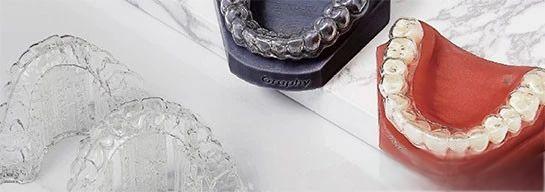
2.Metals
The alloy metals used for dental 3D printing include titanium (Ti) and cobalt-chromium (Co-Cr). The mechanical properties of the alloys are ideal choices for many dental applications. Compared with traditional casting methods, the alloys based on 3D printing possess superior mechanical properties, but the mating interface between 3D printed metals and ceramics needs to be improved to match the precision obtained by traditional casting methods. Compared with traditional casting methods, the cobalt-chromium alloy printed by 3D printing has a higher hardness value (371 ± 10HV), higher precision and consistency, and better fit.
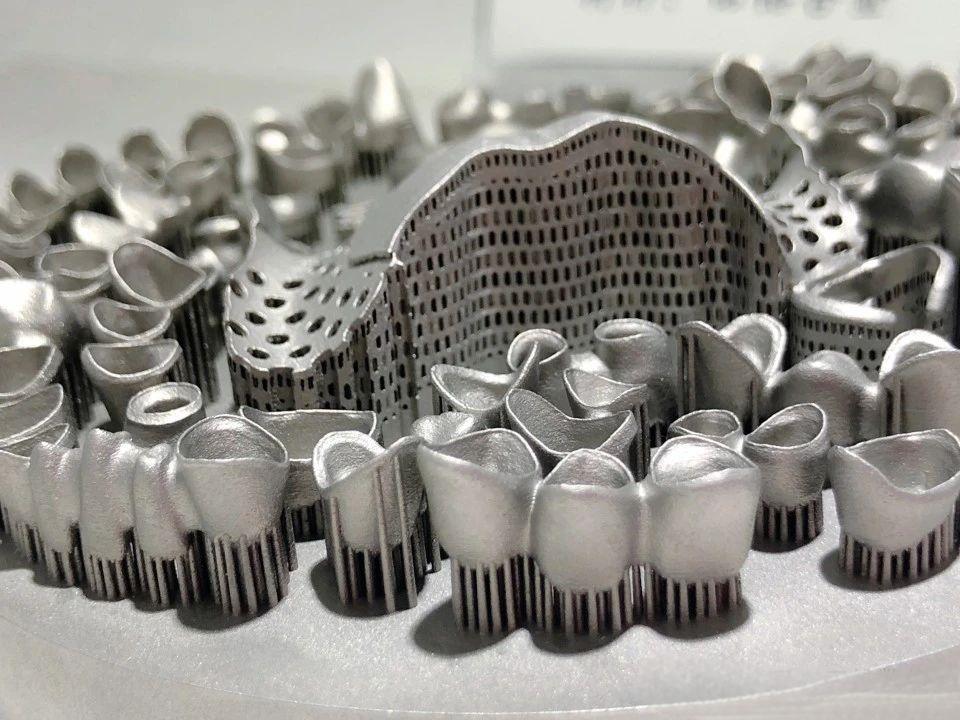
3.Ceramics
Ceramic materials are regarded as the best materials for dental restoration due to their excellent mechanical properties, biocompatibility, absence of disputes such as ion release or corrosion, good wear resistance and corrosion resistance (long-term stability), and aesthetic properties. Ceramic 3D printing can be used to fabricate implants with complex shapes customized for specific patients; there are many applications in the fields of craniofacial surgery and treatment of mandibular bone defects.
In 3D printing technology solutions, the biggest challenge in printing ceramics is their high melting point and the cracking caused during the cooling process. In addition, the characteristics of the raw materials will affect their porosity and final mechanical properties. Due to the differences in the types of ceramic substrate materials, the technologies and light sources of 3D printers, the great variety of the shapes of the target restorations, and the differences in printing control and parameters, the mechanical properties of the finished products are not consistent.
Currently, ceramic materials and printing technologies still need further research, exploration, and testing.
4.Holian has always been paying close attention to the application prospects of 3D printing in the solenoid valves of oxygen concengtrator
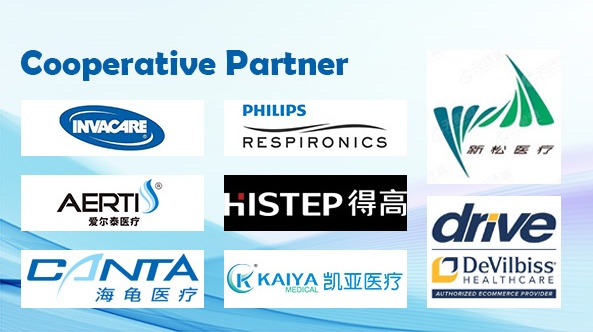
Holian has always been paying close attention to the application prospects of 3D printing in the solenoid valves of Oxygen Concengtrator. And it has provided strong financial support for the technical tracking and learning of the technical team in the field of 3D printing. It is expected that 3D printing technology can play an important role in the future development of the company, enabling the company to respond more quickly to the special needs of customers for Oxygen Concengtrator Solenoid Valve.
Holian has been deeply engaged in the field of oxygen concengtrator accessories for over ten years. It possesses its own design team and factory, which are furnished with high-quality production equipment sourced from various manufacturers. Through this, it has amassed abundant technical know-how and refined manufacturing techniques. This endows it with the ability to supply top-notch and high-performing oxygen concengtrator accessories. Such high-quality accessories are crucial for the stable operation of oxygen concengtrators. Holian’s participation can guarantee the dependability of products and elevate the quality benchmarks of the entire industry.
Owing to its profound comprehension of the accessories market, Holian is also capable of engaging in the R & D process of portable oxygen concengtrators. By collaborating closely with complete machine manufacturers, it can optimize product designs, curtail costs and enhance production efficiency. Additionally, Holian’s scale effect and supply chain superiority contribute to stabilizing the supply of accessories and minimizing production disruptions resulting from factors like shortages of raw materials. With outstanding quality, prominent price advantages and a stable supply, it offers robust support to its partners.
In the aspect of market promotion, Holian’s sterling reputation can augment consumers’ confidence in portable oxygen concengtrators. As a long-established enterprise within the industry, it can harness its influence to drive the formulation and refinement of industry standards for oxygen concengtrators, spurring the portable oxygen concengtrator market to progress in a more orderly and healthy manner and making a significant contribution to the long-term prosperity of this industry.


